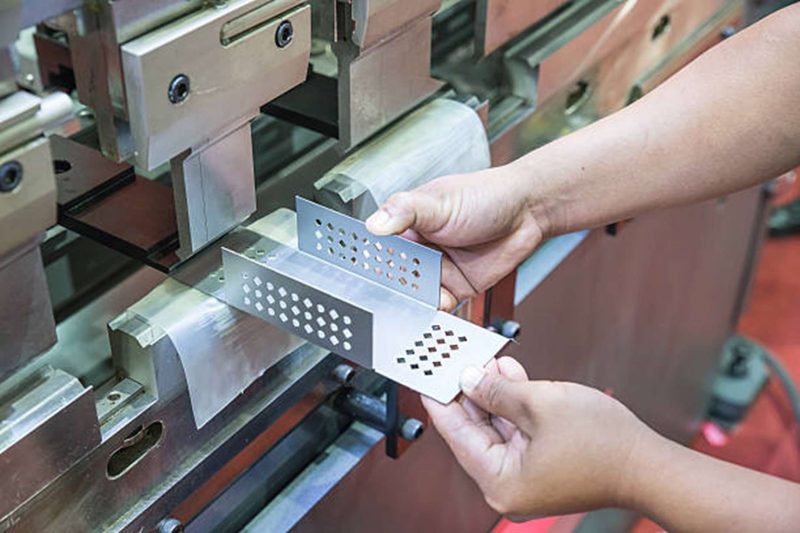
Fabrication of custom parts
Sheet metal is the most frequently used raw material in most subtractive manufacturing projects. Sheets of different shapes and sizes are manipulated into desired parts or products using suitable manufacturing techniques, including sheet metal fabrication.
This article will briefly discuss the stages of sheet metal fabrication for custom products, different sheet metal operations, and their importance in manufacturing.
What is meant by Custom Products?
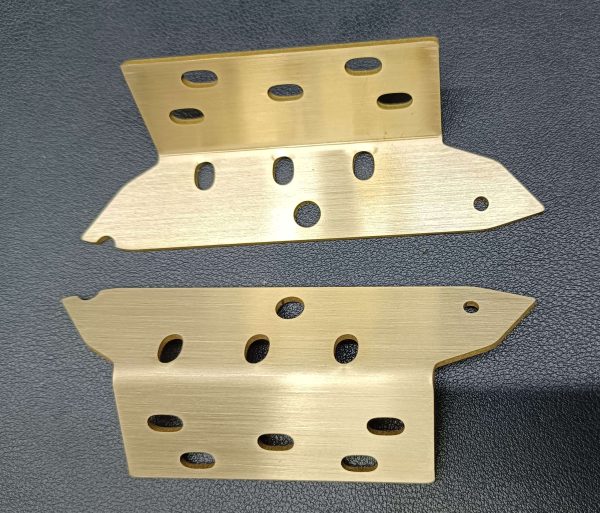
Custom sheet metal parts
In general, custom parts or products are those items that are unique in design, size, and functionality and cannot be found in retail stores or catalogs. So, these are the products designed and built to meet specific needs, requirements, and specifications. Depending on the particular application, custom products can range from simple brackets and enclosures to complex machinery and equipment.
Sheet metal fabrication is the most prominent manufacturing process to bring custom designs to a useful life. It involves the execution of various techniques and procedures, depending on the specific product and material type.
What is the Sheet Metal Fabrication?
Sheet metal fabrication is a manufacturing process that converts flat sheets into desired shapes or designs. It involves different techniques, such as cutting, bending, stamping, welding, assembly, and more. It is capable of creating electronic enclosures and tools for complex machinery.
Applying sheet metal fabrication to create custom parts and products differs from making regular items. Every custom product is a new solution to existing problems. It demands understanding needs and requirements and building the product to meet those specifications.
Stages in Sheet Metal Fabrication of Custom Products
Before moving to the fabrication procedures, finalize the custom product design (2D and 3D models). It involves checking design compatibility with available technologies, such as different features and parameters. Design modifications and identifying manufacturing bottlenecks at an early design stage are always cheaper and smoother (T.R., 2010).
Therefore, ensure that tolerances are achievable, sheet thickness, hole diameter, bending position, and other features are practical.
Stage 1: Material Selection
It is the first step in converting engineering design into a physical product. The selection of the correct material sheet that fulfills a custom product’s requirements is essential in terms of functionality, accuracy, and other aspects. It can significantly affect the final product’s performance and longevity. Many different types of metal can be used in sheet metal fabrication, each with its unique properties and characteristics. Some common materials in sheet metal fabrication include;
- Steel
- Aluminum
- Iron
- Copper
- Brass
- Stainless steel
- Titanium
- Bronze, and more.
In the market, there are different grades of these metals & alloys, with variations in thickness and size. When selecting the material, you need to consider its intended use, operational condition, and desired properties such as strength, corrosion resistance, conductivity, and cost.
Learn more:
Stage 2: Selection of fabrication techniques
Usually, sheet metal fabrication projects require the fabrication of individual parts, followed by assembly. Depending on the complexity& size of the product, some additional steps or operations may be needed, like punching, stamping, or forming. So, the selection of appropriate fabrication techniques is the next step.
Different issues can arise in the final product, such as necking, fractures, surface defects, and wrinkles if the fabrication processes are not selected considering various factors (Tatipala, 2018).
Choose the combination of fabrication techniques and the proper sequence. For example, most custom projects start with cutting operations and end with assembly. You need to analyze the features, geometries of the design, required accuracy, and cost to choose appropriate operations for the particular product. Be specific with the selected fabrication techniques. For example, If cutting is your first operation, specify which one, water jet, laser, shear cutting, or any other.
Stage3: Processing of sheet metal
There are numerous types of sheet metal fabrication operations, including cutting, stamping, blanking, welding, and many more. Those operations are used in the process, which fulfills all the product’s specific requirements.
Cutting
Cutting is a critical operation in sheet metal fabrication as it involves cutting the metal into the desired shape and size. The choice of cutting method heavily depends on the specific custom- product, material type, and the desired level of precision. There are several methods for sheet metal cutting, including:
- Shearing
- Laser cutting
- plasma cutting
- Water jet cutting
- Punching
Bending
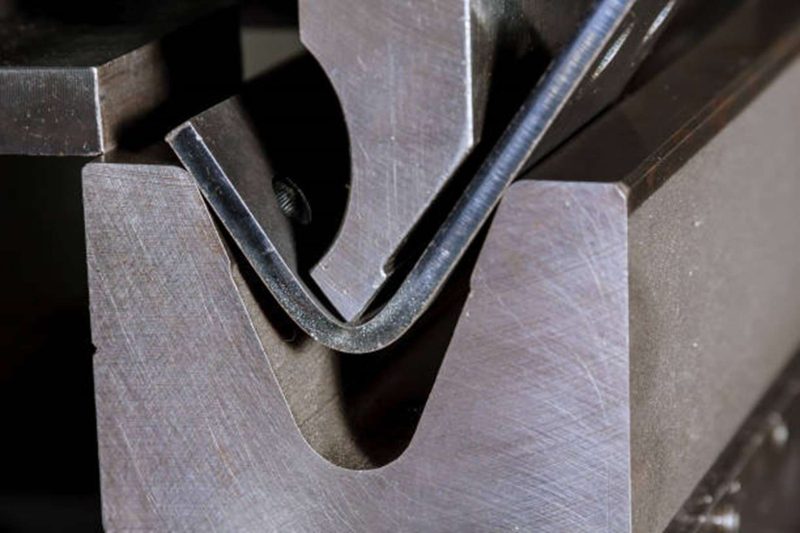
Sheet metal bending
Sheet metal bending is a straightforward approach to shaping metal pieces. It involves deforming a piece of sheet metal to a desired shape by applying force. Bending can create folds, boxes, curvature, conical, cylindrical, and complex shapes with different bending combinations. However, the capability of complexity depends on tools, equipment, technique, and operator skills.
- V-bending
- Air bending
- Rotary draw bending
- Roll bending
- U-bending
- Fold bending
- Coining
- Wipe bending
Some bending operations require the creation of a die according to the intended bending shape before proceeding with the process.
Joining
Joining the fabricated parts or metal pieces is another fabrication operation to shape the custom products (it also applies in the final assembly). It involves connecting two or more pieces of sheet metal to form a cohesive unit. There are several sheet metal joining methods, each with unique characteristics and applications, such as welding, riveting, screwing, bolting, soldering, and adhesive bonding.
You must choose the right one based on the precision requirement, permanent or temporary, and operational conditions (stress, temperature, and other factors). The necessity of permanent or temporary joints is the main thing to consider while selecting the metal joining process.
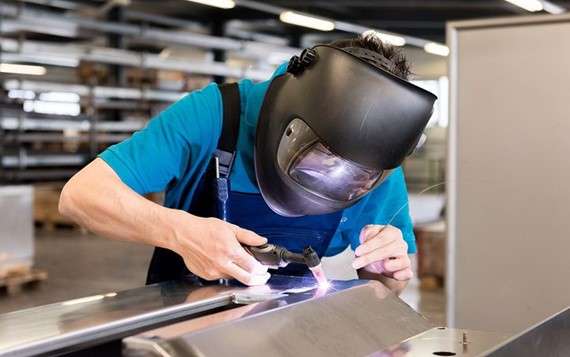
Sheet metal welding
Welding is best for permanent joints; some common welding types in sheet metal fabrication include;
- TIG
- MIG
- Shield metal arc or stick welding
- Laser welding
- Resistance welding
- Friction welding
- Ultrasonic welding
- Brazing and more
On the other hand, screwing is perfect for temporary joints, and riveting is ideal for semi-permanent joints.
Stamping
Small-sized and complex products are typically created with stamping instead of bending operations. Stamping refers to converting designs into life by pressuring the sheet metal into a die. It is one of the most precise sheet metal fabrication techniques.
The common stamping operations are;
- Punching
- Blanking
- Drawing
- Embossing
- Flanging
- Coining
- Piercing, and more.
Stage 4: Assembly
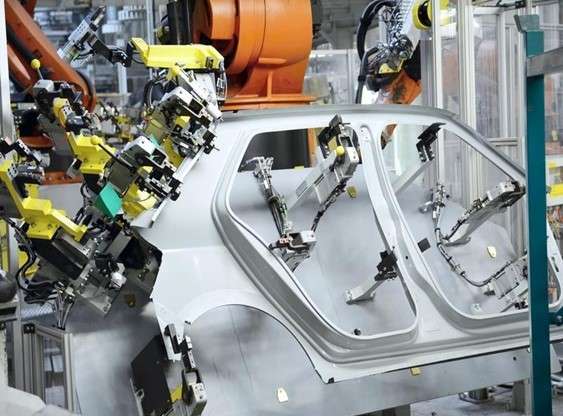
Automated assembly
Assembly is the final stage in the sheet metal fabrication of custom products, where all the individual parts are put together to create the final product. This process can involve manual and automated techniques depending on the complexity and size of the product. Although, few simple products could be fabricated from a single operation.
Most of the time, assembly is done with the sheet metal joining processes, such as welding, riveting, screwing, and others. We have already discussed the joining processes previously. Another joining or fitting of parts can be done with snap-fit assembly. Instead of using screws or rivets, the process uses a mechanical snap-fit mechanism, which enables the pieces to be securely joined together and quickly separated if necessary.
Stage 5: Post-processing
Finishing is a post-processing stage in the sheet metal fabrication of custom parts. It gives the final product a smooth surface and the desired finish. The type of finish depends on the required roughness level, material type, and joining (or assembly) type.
Some of the popular surface finishing techniques for sheet metal products are;
- Conventional painting
- Sandblasting
- Powder coating
- Electroplating
- Anodizing, and more.
Try Prolean Now!
Why Choose Sheet Metal Fabrication for Custom Parts/Products?
It is a simple, efficient, cost-effective method for creating custom parts and products using specialized tools and equipment that cut, bend, join, and shape metal sheets into a desired shape. Let’s discuss some critical reasons for choosing the sheet metal fabrication approach.
1. Cost-effectiveness
Sheet metal fabrication is a quick manufacturing process. It does not require complicated procedures and a large number of equipment set-ups. Automated equipment and CNC machines are commonly used in sheet metal fabrication, reducing labor costs. These cost-saving factors make sheet metal fabrication an appealing option for cost-effectively creating custom parts and products.
2. Durability of products
Custom parts or products created from sheet metal offer excellent durability. Sheet metals are durable materials that withstand different operational environments, such as rain, snow, and extreme temperatures. It is resistant to wear, tear, and corrosion.
3. High Customizability
Sheet metal is a highly versatile material that is simple to shape and form to a particular size and design specifications. It is an excellent choice for developing complicated and one-of-a-kind components and products.
There are countless approaches to shaping sheet metal into intended shapes and providing perfect solutions for complex designs. Other manufacturing processes, such as CNC machining, threading, and casting, can be combined with sheet metal operations, allowing for further customization and creating parts with features such as threaded holes, internal channels, and more.
4. Range of material and applications.
Sheet metal fabrication offers various material options. Sheets of steel, aluminum, copper, iron, brass, bronze, titanium, and other metals can be used based on the requirement of parts or products. Versatility in fabrication operations and material options make it ideal for several applications, including automotive, aerospace, electronics, home appliances, medical, defense, and many more industries.
Summing Up
Sheet metal fabrication is the most prominent manufacturing process to bring custom designs to a functional life. The process of sheet metal fabrication for custom parts and products involves several stages, such as material selection, fabrication techniques, and sheet metal processing. Each step requires different considerations and appropriate fabrication techniques based on the product’s specific requirements and intended use.
ProleanTech is a professional service provider of all sheet metal fabrication services with experience making custom parts for various industries. We have cutting-edge equipment, expert engineers, and skilled operators to bring your designs to life. If you are looking for Sheet metal fabrication services for any custom parts or products, upload your design and request a quote. We will get back to you within an hour.
Related Resource: Laser Cutting Service
FAQ’s
What are the different stages in the sheet metal fabrication of custom parts/products?
The stages in sheet metal fabrication of custom parts/products include finalizing the design, selecting materials, selecting fabrication techniques, processing the sheet metal, surface finishing, and assembly.
How do you select the suitable material for a custom product?
When selecting the material, you must consider its intended use, operational condition, and desired properties such as strength, corrosion resistance, conductivity, and cost.
How does sheet metal fabrication bring custom designs to life?
Applying sheet metal fabrication to create custom parts and products differs from making regular items. Every custom product is a new solution to existing problems and demands understanding needs and requirements and building the product to meet those specifications. It involves techniques such as cutting, bending, stamping, welding, and assembly.
References
- R., K. (2010). Sheet Metal Fabrication: It starts from design. ResearchGate.
- Tatipala, S. (2018). Introductory study of sheet metal forming simulations to evaluate process robustness. International Deep Drawing Research Group 37th Annual Conference. IOP Conf. Series: Materials Science and Engineering.



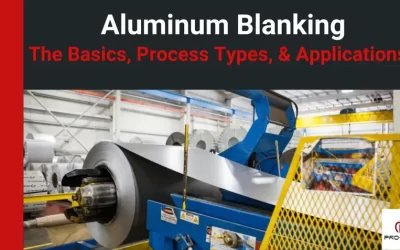
0 Comments